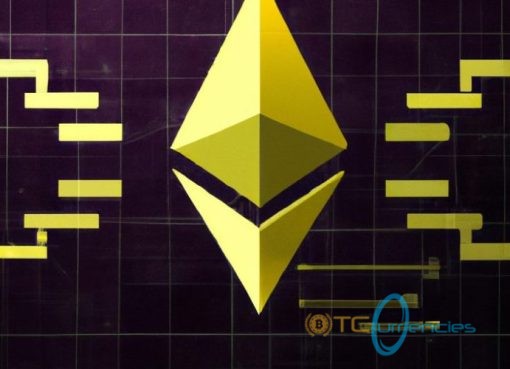In a groundbreaking development within the cryptocurrency sector, Ethereum has implemented a significant upgrade, dubbed “Ethereum 2.0,” set to revolutionize its infrastructure. Announced on March 5, 2023, this upgrade transitions Ethereum from the traditional proof-of-work (PoW) model to the more energy-efficient proof-of-stake (PoS) model. This pivotal shift not only marks a substantial step towards sustainability but also aims to significantly boost transaction speeds, potentially reshaping the blockchain landscape.
Ethereum, the second-largest cryptocurrency by market capitalization, has long been a cornerstone of the blockchain community, powering a vast array of decentralized applications (dApps) and smart contracts. However, its growth has been hampered by scalability issues and high energy consumption, concerns that Ethereum 2.0 seeks to address. The transition to a PoS consensus mechanism is expected to reduce Ethereum’s energy use by an astonishing 99%, a move that could alleviate longstanding environmental concerns associated with cryptocurrency mining.
According to Ethereum founder, Vitalik Buterin, “This is a monumental milestone for Ethereum. With Ethereum 2.0, we are not only reducing our carbon footprint but also enhancing our transaction capacity significantly. This will support more scalability, allowing a broader range of applications to run efficiently on our platform.” Buterin’s comments underscore the optimistic outlook shared by many in the Ethereum community, who see this update as a catalyst for broader adoption and innovation.
From a technical standpoint, the implementation of Ethereum 2.0 involves the introduction of shard chains, which will greatly enhance the network’s capacity for processing transactions. By spreading operations across multiple new chains, Ethereum aims to process transactions parallelly, thereby reducing congestion and improving speeds. This scalability solution is poised to ensure that Ethereum can accommodate its growing user base and transaction volume without compromising on speed or security.
Market reaction to this release has been overwhelmingly positive. Following the announcement, Ethereum’s price saw an immediate uptick, reflecting investor confidence in the upgrade’s potential. Cryptocurrency analysts suggest that this could be just the beginning of a significant bullish trend for Ethereum, as improved functionality and reduced environmental impact make it a more attractive investment and operational platform.
Beyond the technical upgrades, Ethereum 2.0 reflects a broader shift in the cryptocurrency industry towards more sustainable practices. As public and regulatory scrutiny over the environmental impact of digital currencies intensifies, Ethereum’s move could set a precedent for other blockchains. This shift is likely to resonate well with environmentally conscious investors and could potentially instigate a wave of “green blockchain innovations” across the sector.
The innovative update also carries broader implications for the blockchain technology application spectrum, encompassing sectors like finance, supply chain management, and beyond. With enhanced capabilities and reduced costs, Ethereum 2.0 could accelerate the adoption of blockchain technology in mainstream business processes and practices.
However, while the update presents significant benefits, it also brings challenges. Transitioning to a PoS model involves complex technical orchestration and poses potential security risks during the migration phase. The Ethereum team has implemented numerous tests to ensure a smooth transition and continues to monitor the updated network for any anomalies.
In conclusion, Ethereum 2.0 represents a significant leap forward for the Ethereum network and the cryptocurrency landscape at large. By addressing critical issues like scalability and energy consumption, this update not to only improves Ethereum’s performance and sustainability but also enhances its appeal to both developers and investors. As the platform continues to evolve, the broader impact of Ethereum 2.0 on the global adoption of blockchain technology remains a highly anticipated development, promising to drive further innovation and growth in the digital economy.



